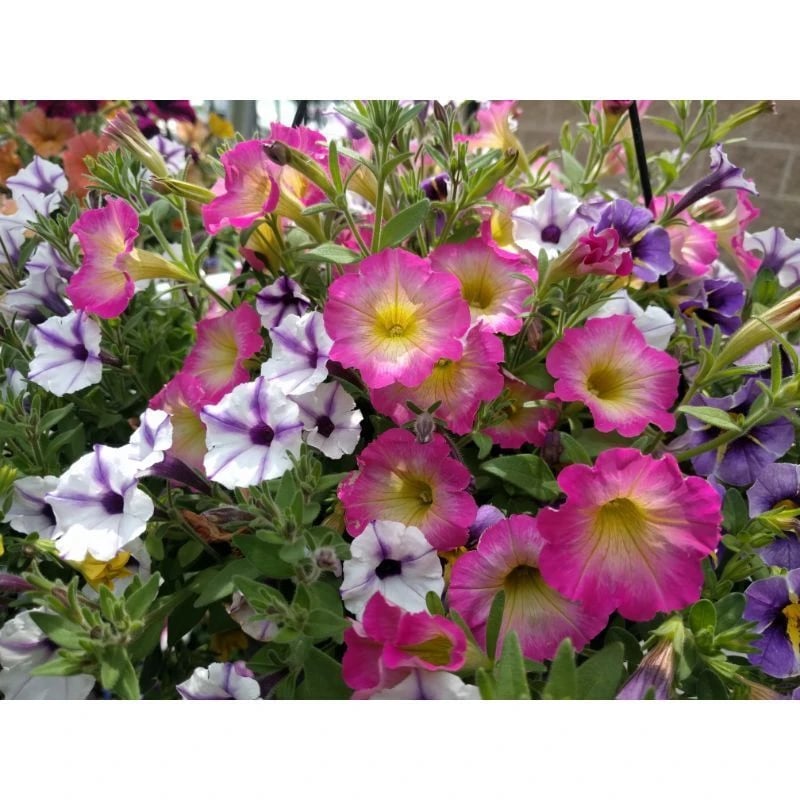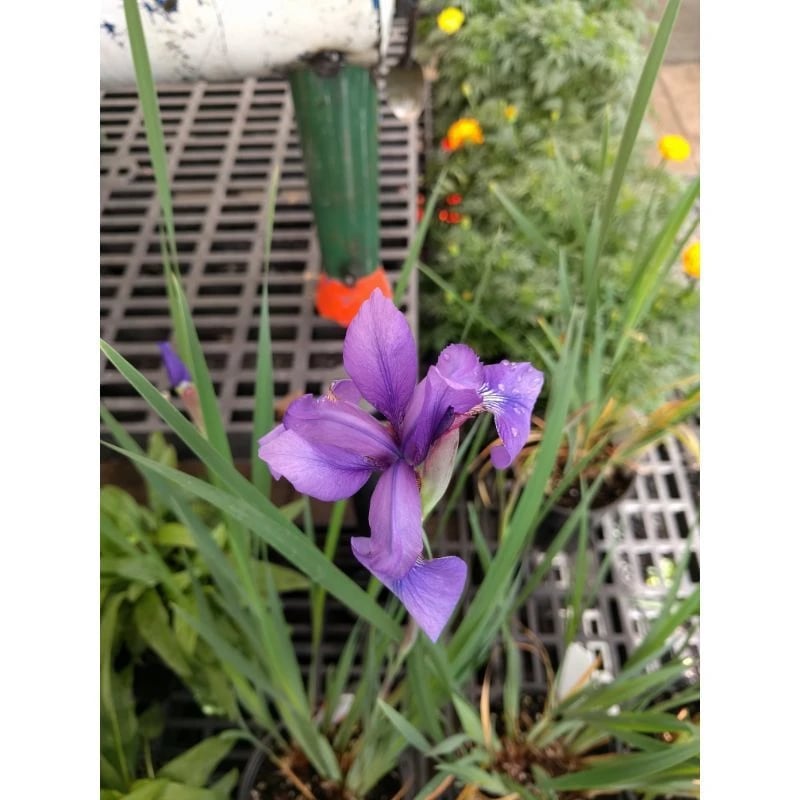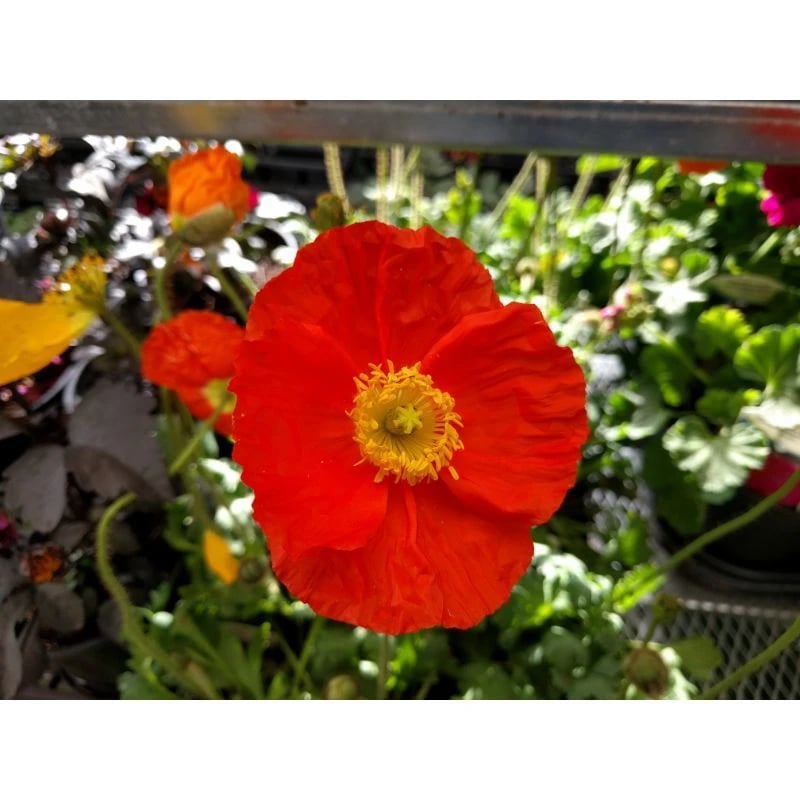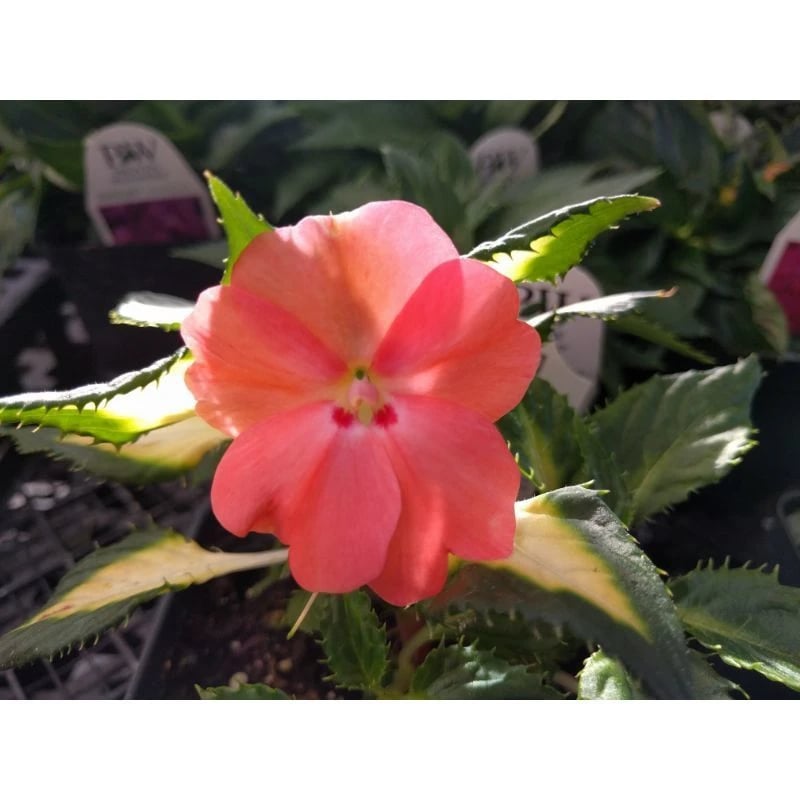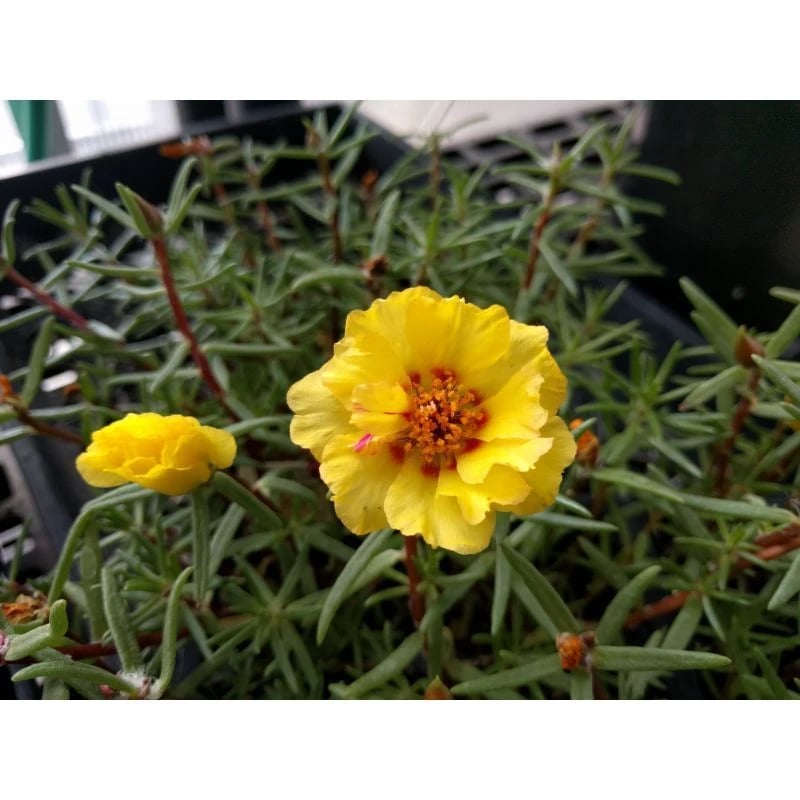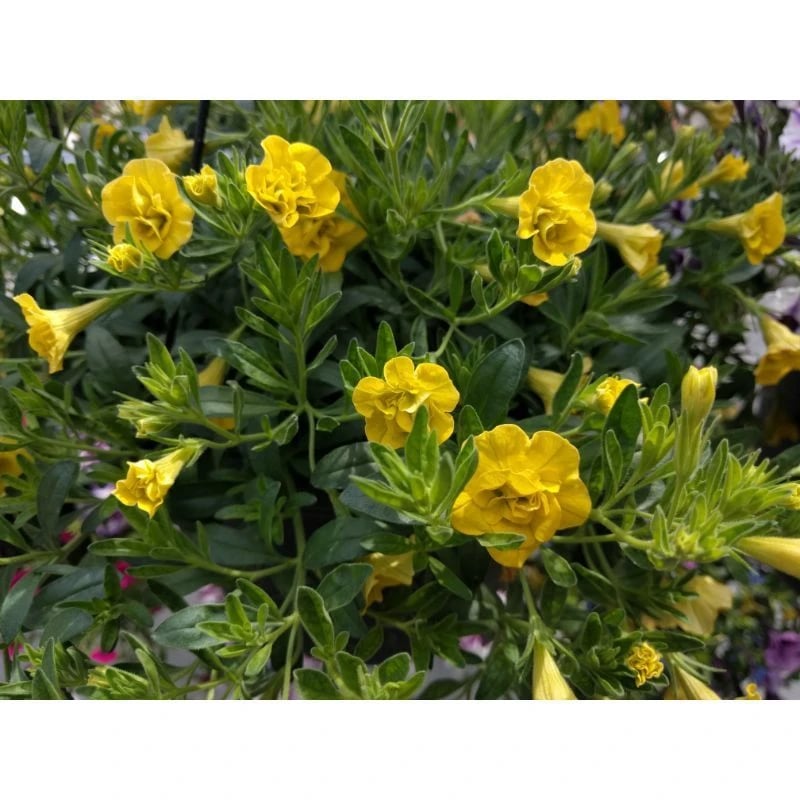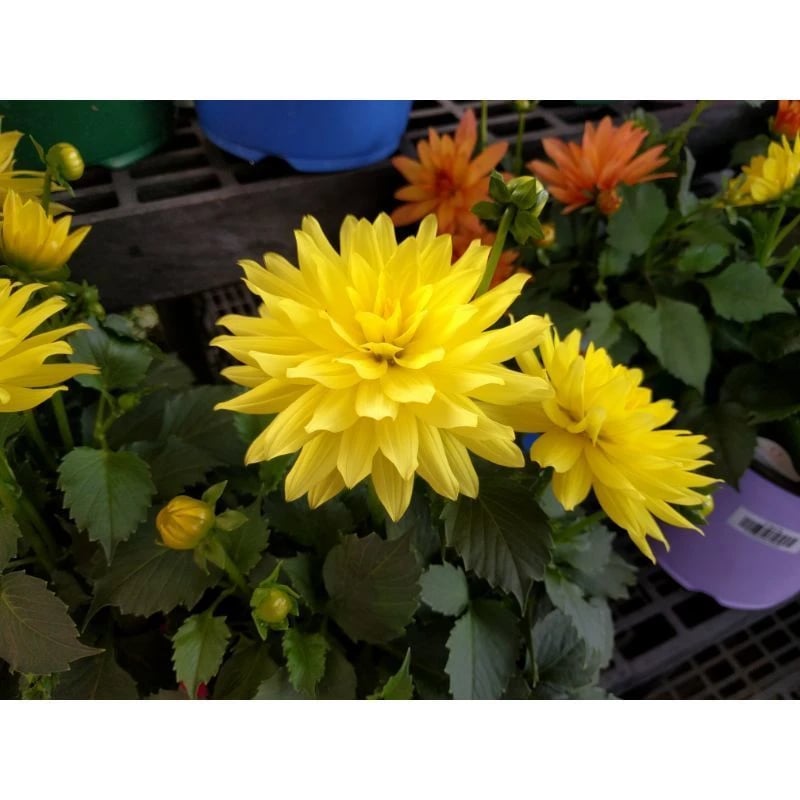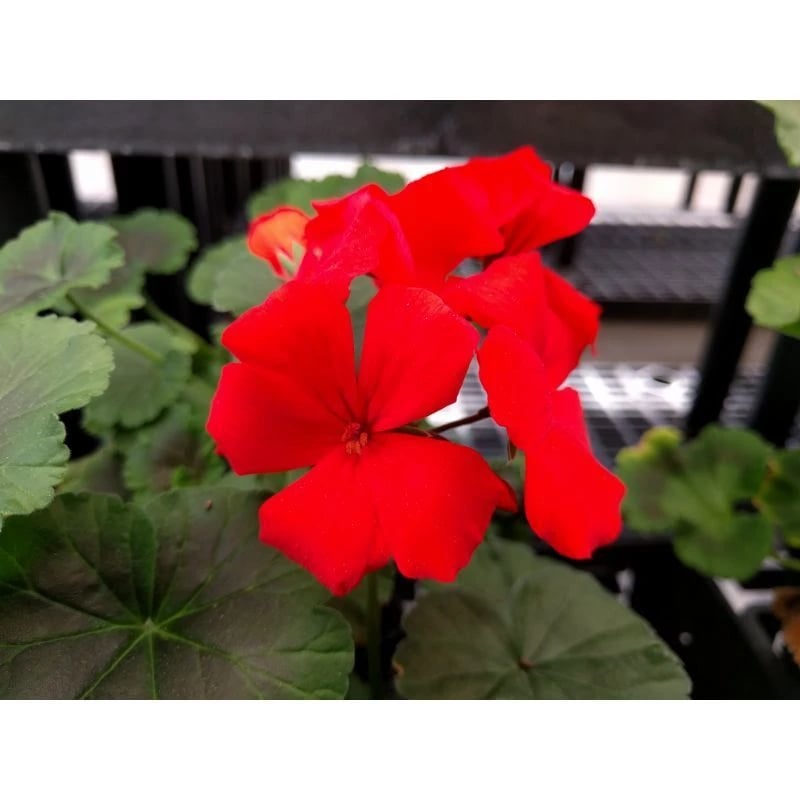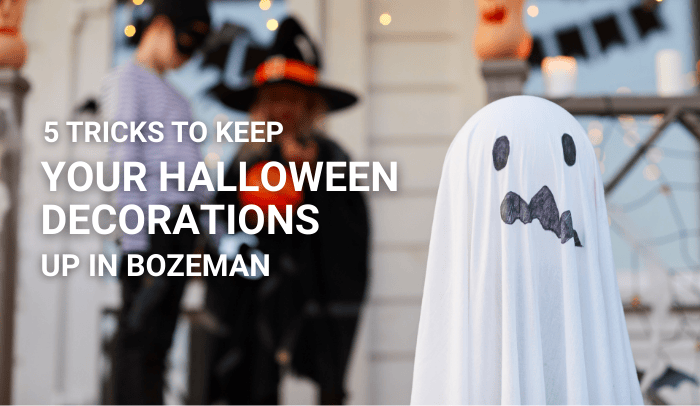After waiting (not so patiently) all winter, we are thrilled that the sun is shining, the snow is gone and our Garden Center is finally open! In honor of all things beautiful and bright, we put together our top 10 favorite garden flowers list.
We’re featuring some of our favorite Owenhouse Ace Hardware garden flowers, both annuals, and perennials, that grow well in Montana and can be found in our Garden Center. Although some of these flowers are normal lawn and garden center standouts, we’re sharing some unique facts about each that might surprise you! For example, did you know that the Gerbera Daisy emits oxygen and absorbs toxins and carbon monoxide at night instead of during the day like most flowers? Because of this, it’s common for people to place a vase of daisies by their bed for a good night’s sleep!
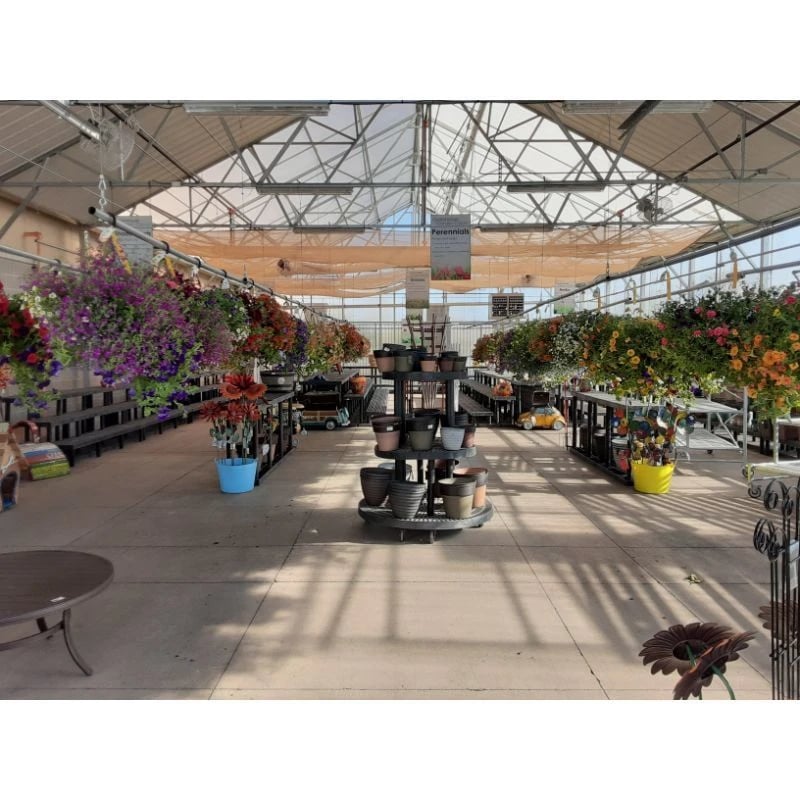
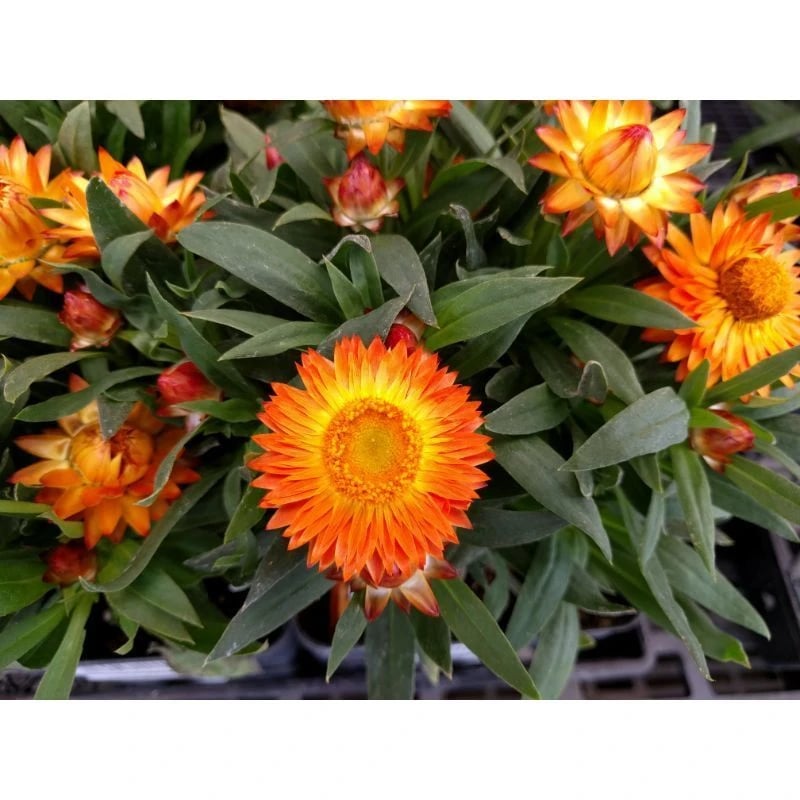
Flower #1: Straw Flower (Annual)
Color: Yellow rays, brown centers, orange chestnut-red
Bloom Period: Mid-summer until frost
Planting Time: Early spring
Fun Facts: Birds, bees, and butterflies all love the strawflower! It’s also great for dried bouquets.
Flower #2: Siberian Iris (Perennial)
Color: Range of blue shades – violet-blue, blue, occasionally white
Bloom Period: May-June
Planting Time: Late summer or autumn
Fun Facts: Its name is taken from the Greek word for rainbow, which is also the name for the Greek goddess of the rainbow, Iris. Additionally, the bright lines on the petal serve as nectar guides, directing pollinators toward the nectar.
Flower #3: California Poppy (Annual)
Color: Yellow, orange, orange-red, red
Bloom Period: Summer
Planting Time: Early spring
Fun Facts: The state flower of California, the California Poppy was used for both food and oil by the indigenous people of the state. Poppies have long been used for holistic medicine in the treatment of muscle aches, abdominal cramping, and more.
Flower #4: Impatiens (Annual)
Color: White, yellow, red, pink
Bloom Period: Spring to late fall
Planting Time: May
Fun Facts: Also known as the “Touch-Me-Not,” these plants are not for the warm and fuzzy! When the seed capsules mature and are touched they will “explode” into the air sending seeds flying as far as 20 feet away from the plant. Despite this, they are the most popular annual bedding plant in the US, acting as a shade-loving ground cover.
Flower #5: Portulaca (Annual)
Color: Yellow, orange, red, pink, white, bicolors
Bloom Period: Late spring to frost
Planting Time: Early spring
Fun Facts: Portulaca, or moss rose, is great for the beginner gardener because of their forgiving, low maintenance nature. Although they can tolerate a little neglect, they produce beautiful blooms.
Flower #6: Gerbera Daisy (Perennial)
Color: Pink, purple, yellow, salmon, orange, white
Bloom Period: Late spring and summer
Planting Time: Mid to late summer
Fun Facts: This flower is supposed to have been discovered in 1880 by Robert Jameson in South Africa while he was operating a gold mine. Also, many people place gerberas by their beds to enjoy a more restful sleep! They emit oxygen and absorb toxins and carbon monoxide at night instead of during the day like most flowers.
Flower #7: Daffodils (Perennial)
Color: Yellow or white
Bloom Period: Late winter and early spring
Planting Time: Fall
Fun Facts: Gifting a bouquet of daffodils is believed to ensure happiness to the recipient but according to legend, bad luck may be on the horizon if only a single daffodil is presented.
Flower #8: Dahlia (Annual)
Color: All colors, except blue
Bloom Period: Summer and fall
Planting Time: Start inside, transplant after frost
Fun Facts: The dahlia is the official flower of the city of Seattle. This outdoor plant was discovered growing wild in Mexico and was later sent to Spain by Spanish settlers in the 18th century. There are many varieties of dahlias, some as small as 12 inches high to others can grow to be 6’ tall!
Flower #9: Geraniums (Annual)
Color: Red, pink, salmon, white
Bloom Period: Mid-late summer
Planting Time: After frost
Fun Facts: What we think of as geraniums are actually not geraniums at all! The naming problem occurred in the 17th century when the first pelargoniums (what we think of as geraniums) were brought to Europe. Because they looked similar to the perennial plant, they were called geraniums and the name has been used ever since! But these plants are not actually members of the Geranium family. That family consists of a winter-hardy perennial shrub; not the blooming summer annual we tend to think of.
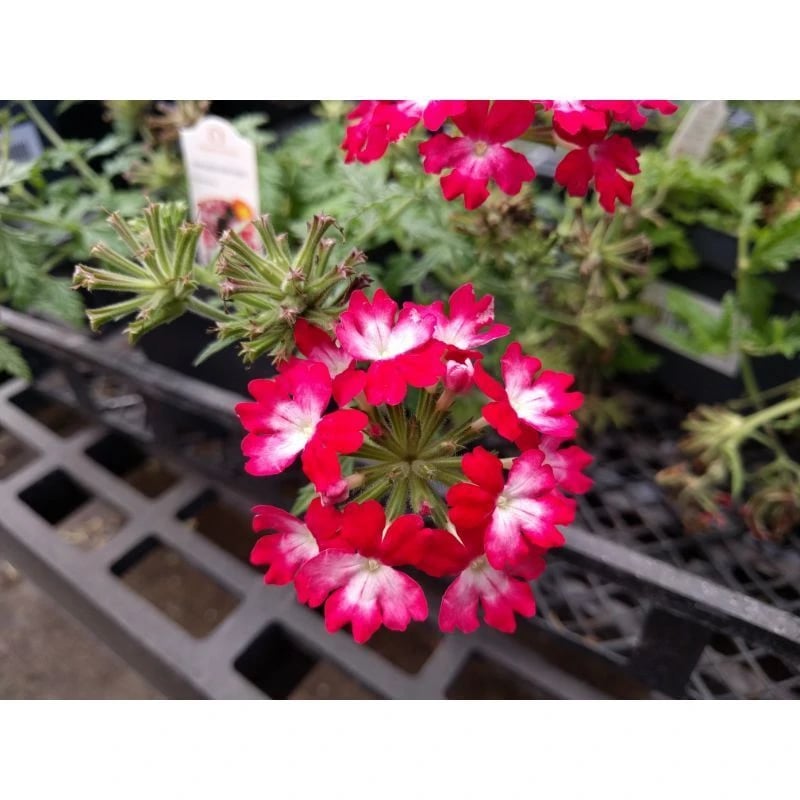
Flower #10: Verbena (Annual)
Color: White, pink, scarlet, blue
Bloom Period: June to late fall
Planting Time: Early spring
Fun Facts: This colorful, bright blue flower smells of lemon and is welcome in any butterfly garden. Their lower hanging flowers are great in hanging baskets and, a bonus for us in Montana, deer resistant!

Conclusion
With so many beautiful flowers to choose from it was hard to narrow it down to our 10 favorites! Also, we didn’t know that fun fact about gifting a bouquet of daffodils. Good thing we’ve never been presented a single daffodil from someone. Kidding aside, flowers have such a long history and there are so many fun facts out there to discover.
Montana State University recommends using annual flowers in perennial plant beds to keep a variety of colors and interest in your garden bed following early-blooming flower bulbs and perennials. Although starting a garden can seem overwhelming, you really don’t need that many gardening supplies to begin. Let us get you started at Owenhouse Ace Hardware, our garden experts can answer any questions you might have and we’re sure to have plants for sale that will keep your growing garden in budget!

